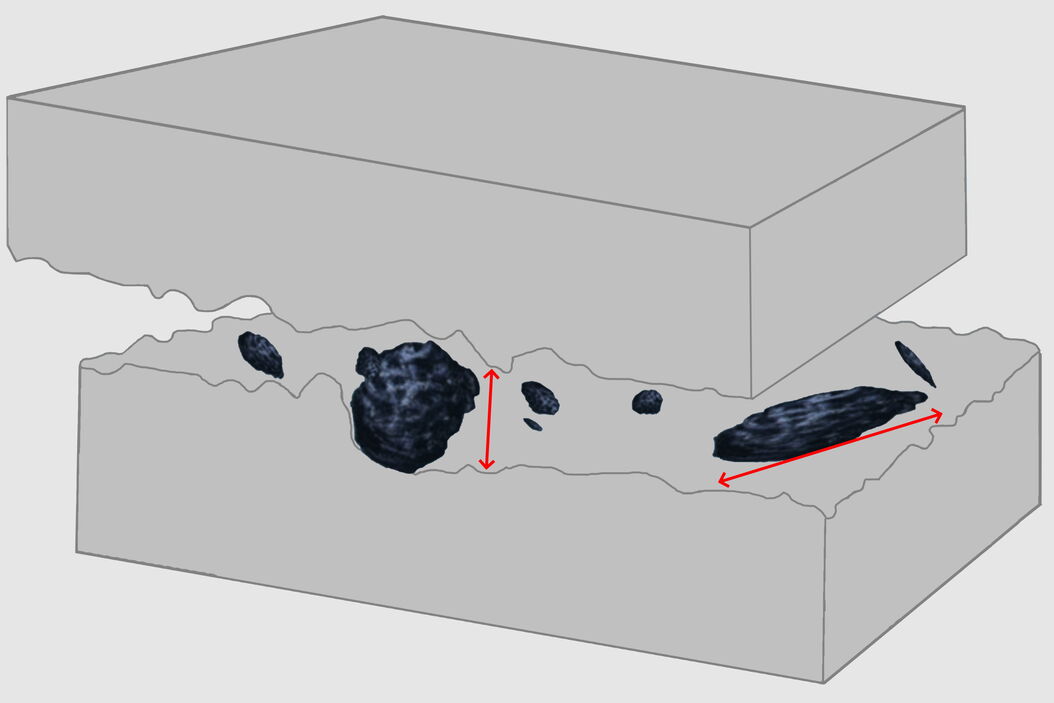Key learnings
Cleanliness analysis
Particulate contamination on automotive parts and electronic components can have a critical effect on their performance and lifetime. Technical cleanliness is a very important part of quality control for modern manufacturing and production. Cleanliness analysis includes the determination of the damage potential of a particle. Hard metallic or ceramic particles are more abrasive than soft organic ones. Long metallic particles can cause electrical shorts and damage electronic components.
Assessing damage potential
There are 3 main factors to consider when determining the damage potential of a particle:
- Differentiation between reflective particles (usually conductive, hard, metallic ones) and non-reflective particles (usually non-conductive, soft, non-metallic ones) using optical microscopy
- Determining the lateral (X,Y) and vertical (Z, height) dimensions of the particle with an optical microscope; large, hard particles have a greater damage potential
- Knowing more precisely the particle composition to better identify those with a greater damage potential; often spectroscopic methods, like laser induced breakdown spectroscopy (LIBS), are needed
Cleanliness analysis solutions
Users are able to perform efficient and accurate particle analysis and determine the damage potential with Leica cleanliness analysis solutions which utilize optical microscopy and LIBS.

